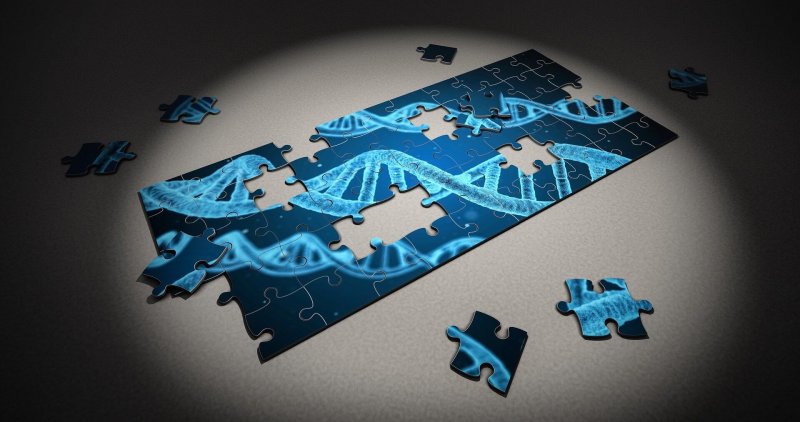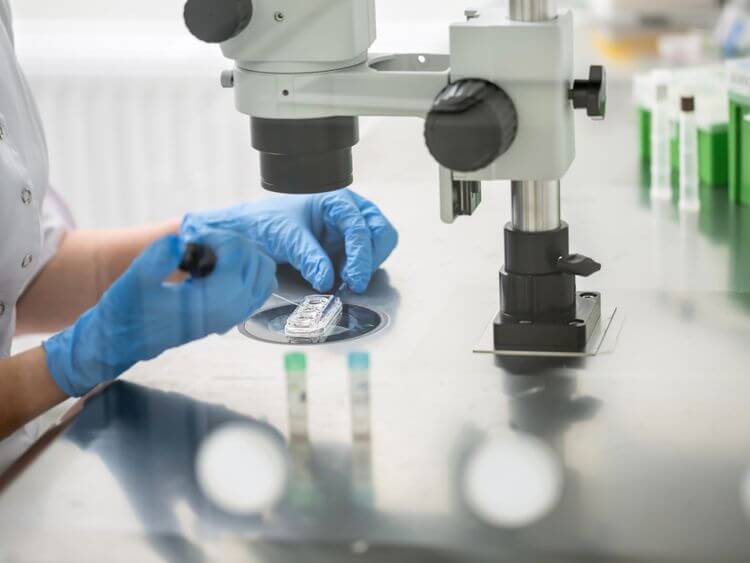The sisters who supposedly underwent this “germline gene therapy,” via modification of embryos before they were born, reportedly are healthy. But the claims have spurred a furor among ethicists and some in the medical community. One academic physician condemned it as “rogue human experimentation,” although some scientists, notably famed Harvard geneticist George Church, have come to the defense of gene editing and its ability to prevent genetic disorders.
Before getting out the pitchforks, literal or figurative, let’s all take a few deep breaths.
“Human gene therapy” has been one of the goals of biotechnology since the advent of molecular techniques for genetic modification in the 1970s. There are two distinct conceptual approaches, presenting different kinds of benefits, risks and controversies.
Somatic cell human gene therapy (SHGT) alters genes—either by the editing of genes or the insertion of new ones—in the cells of human subjects, in order to correct conditions present at birth or acquired later in life. (Somatic cells are any cells in the body except eggs or sperm, so modifications in them are not heritable—that is, passed on to offspring.) It can be performed outside the body of the patient (ex vivo), such as by obtaining the patient’s cells, modifying and then returning them, or by injecting a virus or some other substance that migrates to a site(s) in the body and modifies the function of a malfunctioning organ.
SHGT resulted in the approval last year of three treatments for serious diseases – and holds promise for afflictions ranging from rare and fatal genetic diseases to Parkinson’s.
Up to now, gene therapy has been of a type that affects only the patient being treated; it has not modified sperm or eggs cells or embryos in a way that would constitute “germline gene therapy” (GLGT) by creating a heritable change and affecting future generations. But in a proof-of-principle experiment to perform gene editing with a system called CRISPR/Cas9, published in 2015, Chinese researchers reported an unsuccessful attempt to perform germline gene therapy on embryos that were nonviable and going to be discarded in any case.
That led to a meeting of “interested stakeholders,” which concluded: “At present, the potential safety and efficacy issues arising from the use of this technology must be thoroughly investigated and understood before any attempts at human engineering are sanctioned, if ever, for clinical testing.”
If ever? Really?
The move toward a moratorium has gained momentum since then, but such recommendations—coming mainly from people who don’t actually treat patients – are the result of the kind of groupthink that dismisses conflicting minority opinions and produces poorly reasoned outcomes.
It is unethical to modify normal, healthy embryos, but nobody is proposing to do that. In fact, to perform germline gene therapy to treat disease, it may not even be necessary to manipulate abnormal embryos, because another approach is to generate normal sperm from genetically abnormal ones via tissue culture and gene-editing.
Although the just-reported genetic manipulation in China should not have been performed—because the goal could have been accomplished by other, conventional means—a sweeping government-imposed moratorium on all germline gene therapy would be misguided and, as discussed below, unnecessary.
Even if it is premature to perform germline gene therapy now, the recent claim of success notwithstanding, we should recognize that medical technologies are seldom successful right out of the gate, but as they’re applied and refined, they improve, sometimes with astonishing rapidity. When I was a medical student during the 1970s, bone marrow transplants were being performed in only a few institutions and as a last resort, and the success rate was abysmal. But the discovery of potent immuno-suppressants and other technical advances improved the success rate markedly; and bone marrow transplants are now routine in many institutions. Some leukemias that were once a death sentence now have cure rates around 90 percent. There are many similar stories in medicine.
What’s stopping researchers in their tracks, at least in America, is anachronistic regulations. The FDA is blocked by law from accepting applications for research involving gene editing of the human germline—meaning eggs, sperm and embryos. The NIH, whose approval also would be needed, is similarly barred from even considering applications to conduct such experiments in humans. These rules date as far back as the 1970s, when the technology was in its infancy. It’s easy to invoke hypothetical fears and impose bans when actual lifesaving interventions are decades away.
Today, those interventions are within sight—and desperate patients deserve access to whatever cures this technology may be able to provide. The public thinks so, too. A survey last year found that nearly two-thirds of Americans support therapeutic gene editing—in somatic and germline cells alike. Popular opinion is in tune with scientific reality. Legislators and regulators need to catch up.
Henry I. Miller, a physician and molecular biologist, is a senior fellow at the Pacific Research Institute. He was the founding director of the FDA’s Office of Biotechnology. Follow him on Twitter @henryimiller
































